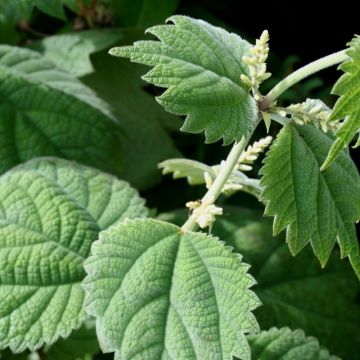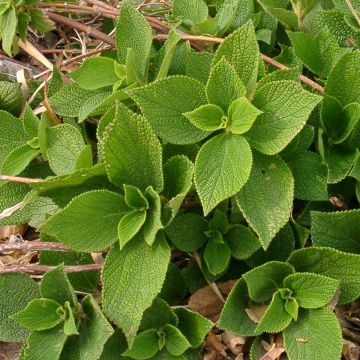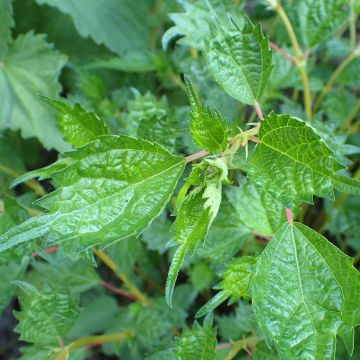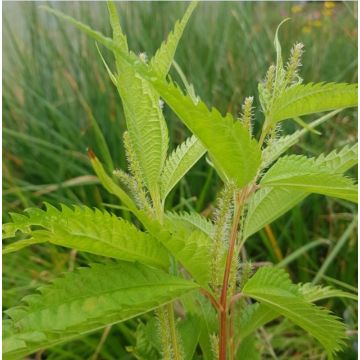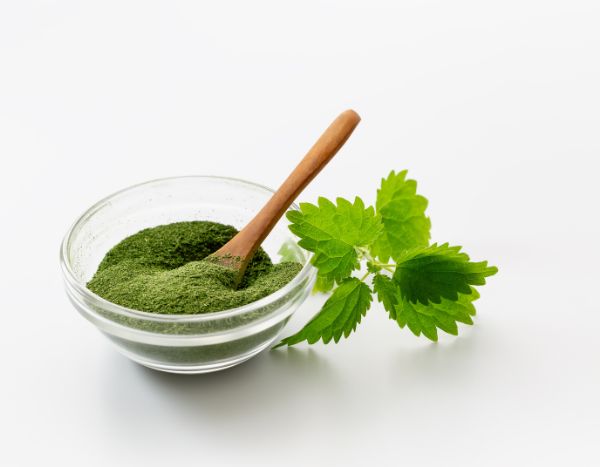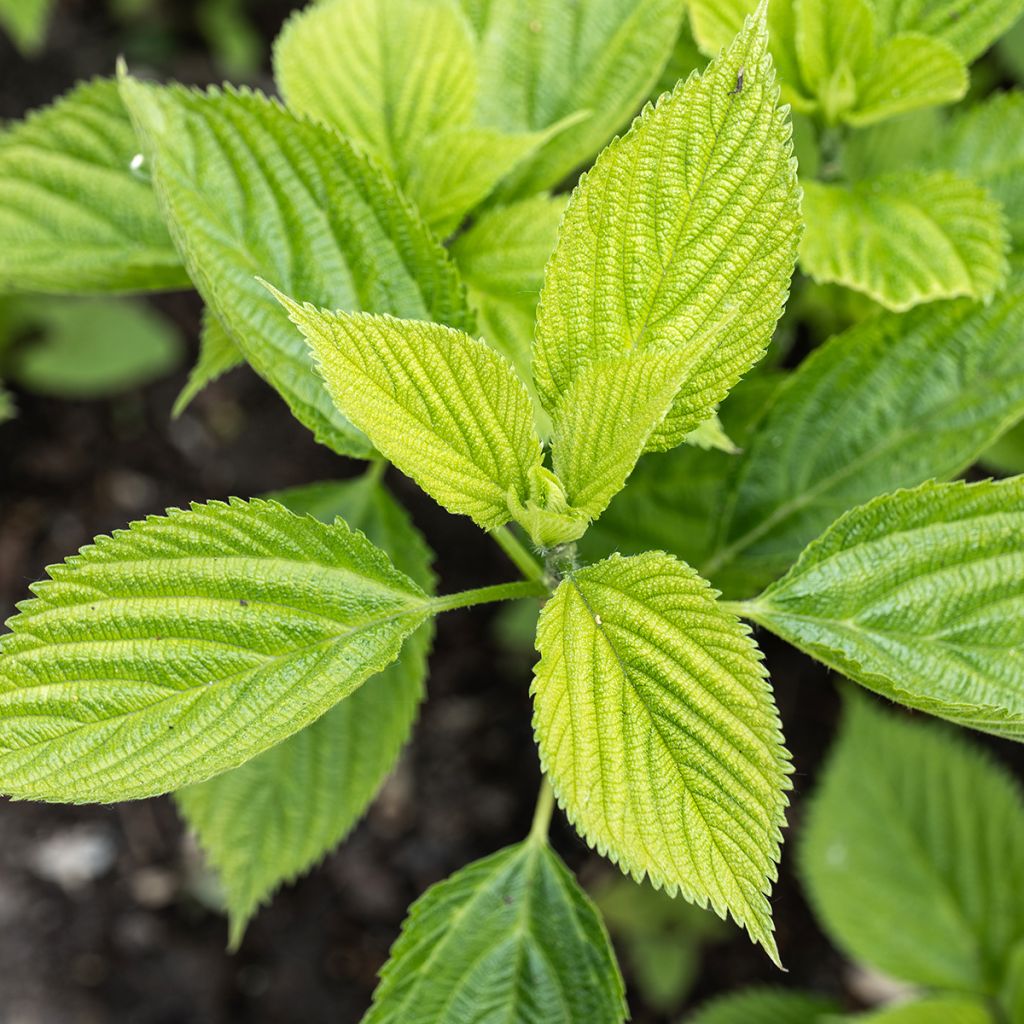

Boehmeria cylindrica - False Nettle
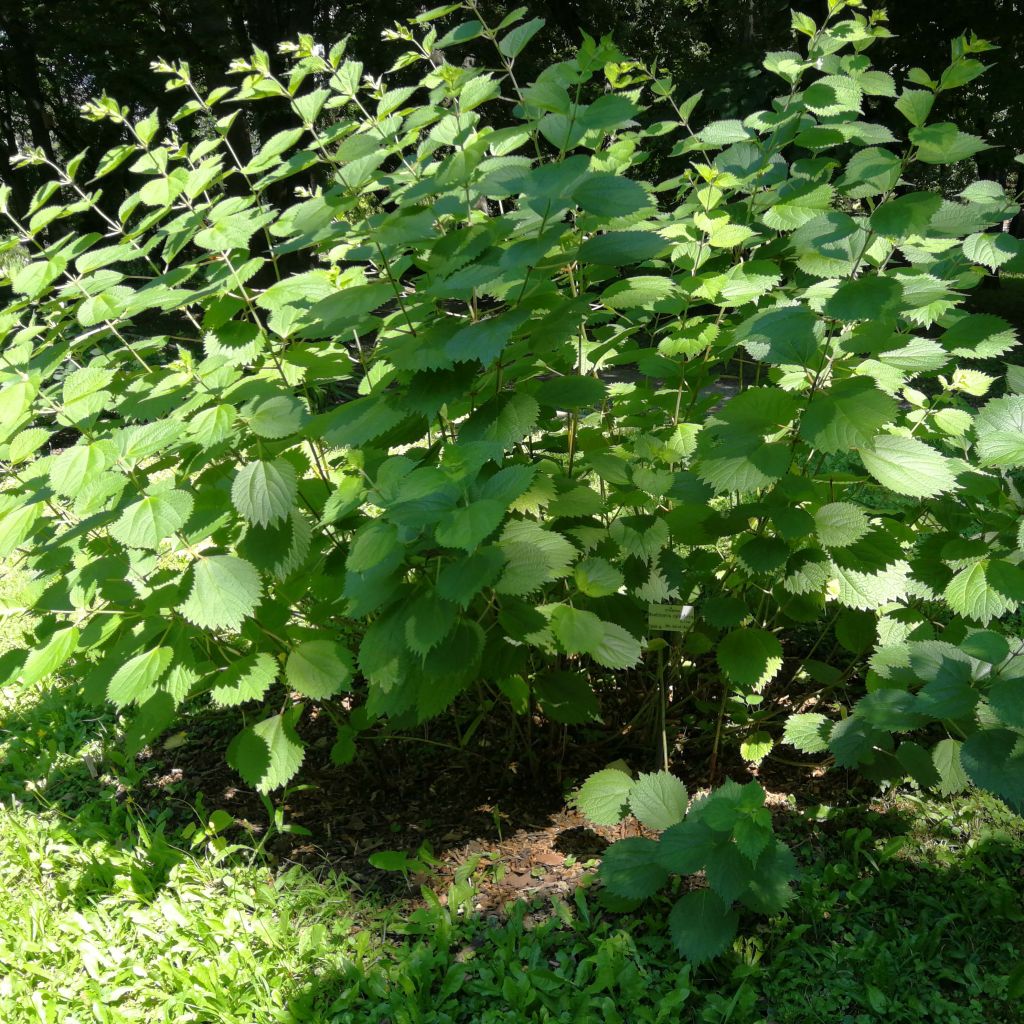

Boehmeria cylindrica - False Nettle
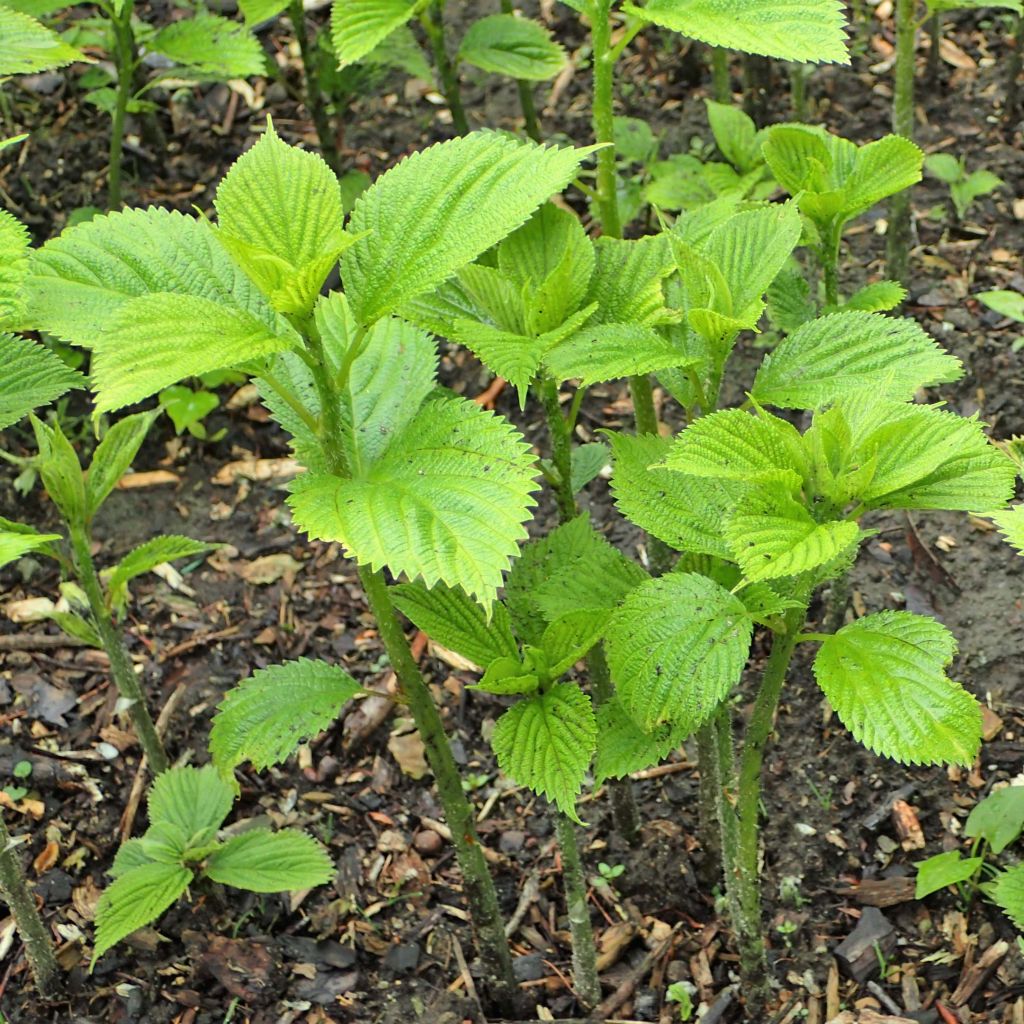

Boehmeria cylindrica - False Nettle
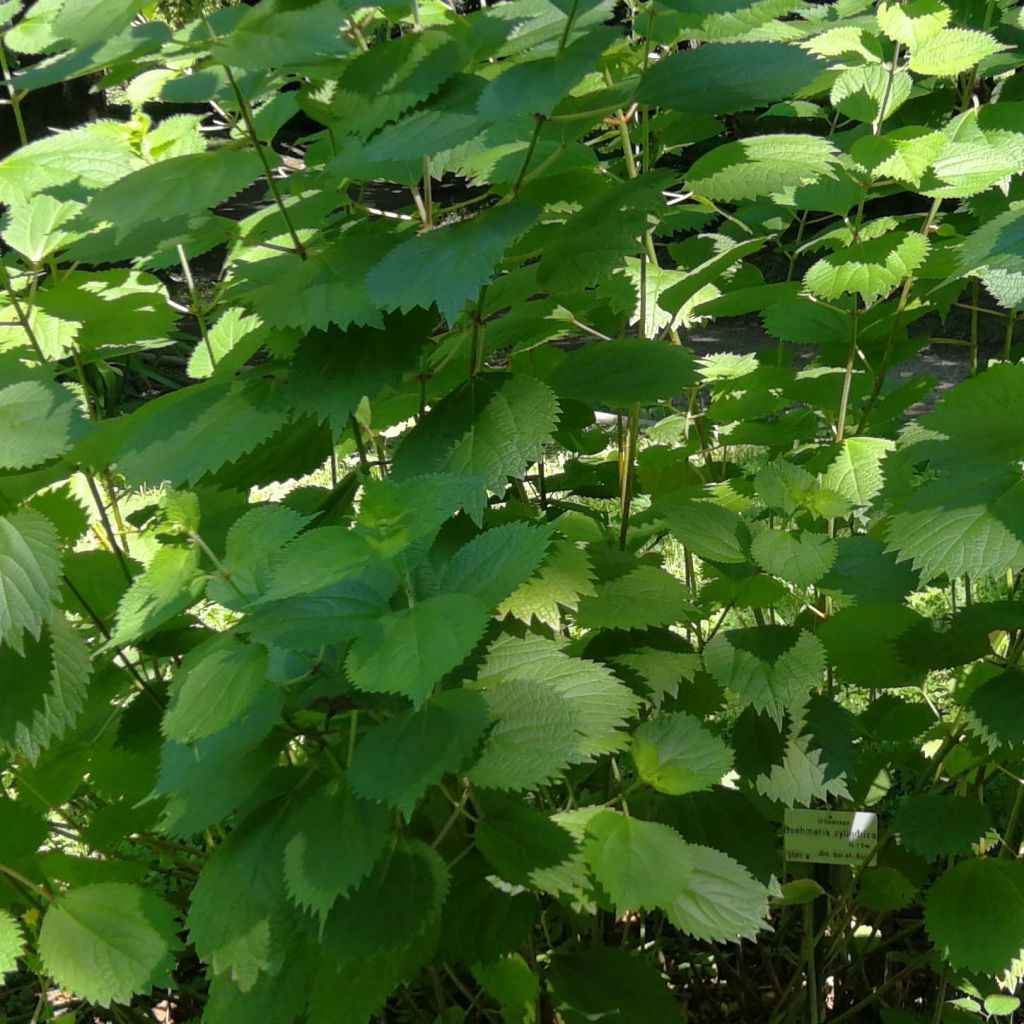

Boehmeria cylindrica - False Nettle
Boehmeria cylindrica - False Nettle
Boehmeria cylindrica
False Nettle
Special offer!
Receive a €20 voucher for any order over €90 (excluding delivery costs, credit notes, and plastic-free options)!
1- Add your favorite plants to your cart.
2- Once you have reached €90, confirm your order (you can even choose the delivery date!).
3- As soon as your order is shipped, you will receive an email containing your voucher code, valid for 3 months (90 days).
Your voucher is unique and can only be used once, for any order with a minimum value of €20, excluding delivery costs.
Can be combined with other current offers, non-divisible and non-refundable.
Why not try an alternative variety in stock?
View all →This plant carries a 12 months recovery warranty
More information
We guarantee the quality of our plants for a full growing cycle, and will replace at our expense any plant that fails to recover under normal climatic and planting conditions.
Does this plant fit my garden?
Set up your Plantfit profile →
Description
Boehmeria cylindrica is related to nettles but without the stinging hairs. It is a large perennial plant that, although not spectacular, provides an excellent backdrop for other garden plants, especially in cool and moist areas and semi-shaded locations that it prefers. Forming a lush clump adorned with large toothed leaves of a bright green colour from spring to autumn, this Boehmeria pairs particularly well with dark foliage. Still relatively uncommon, this fast-growing North American perennial also excels in the back of borders.
Boehmeria cylindrica belongs to the family of nettle plants and is naturally found in a wide area ranging from subtropical regions of South America to tropical regions of the Caribbean, and from Central America northwards to the temperate zone of southern Canada. It can be found in damp deciduous woods, floodplains, and ditches. It is a herbaceous plant with semi-woody stems that lose their leaves in winter, but the plant itself is perennial. Vegetation starts in spring and dries out in autumn. It consists of simple or branched stems forming an upright clump that reaches 80 cm (32in) to 1 m (3ft) in all directions, sometimes more. The stems bear opposite, ovate-shaped leaves with pointed ends, toothed edges, and measuring 8 to 20 cm (3 to 8in) in length, of a lime green colour. At the axils of the leaves, some spike-shaped hairs can be seen. The rather inconspicuous flowers appear in summer, at the axils of the upper leaves. The tiny flowers are green or whitish-green and are gathered in slender upright spikes measuring 1 to 3 cm (1in) in length. Male and female flowers usually appear on separate plants. They are pollinated by the wind.
Boehmeria cylindrica is an interesting plant to bring life to slightly shaded areas, in light and rich soil that is cool and moist, along with bugbanes Cimicifuga, meadowsweets9 Filipendula, and robust rodgersias Rodgersia, for example. It also looks beautiful in the back of borders, providing volume and complementing flowering shrubs. Hydrangeas, kalmias, and other acid-loving plants will also benefit from its exuberant and vibrant foliage.
Report an error about the product description
Boehmeria cylindrica - False Nettle in pictures




Flowering
Foliage
Plant habit
Botanical data
Boehmeria
cylindrica
Urticaceae
False Nettle
North America
Other Boehmeria
View all →Planting and care
Boehmeria cylindrica appreciates partial shade and rich, moist soil, just like nettles. This perennial also adapts well to periodically flooded soils. Just avoid chalky and dry soils. Its hardiness is good, tolerating temperatures to -15°C (5°F).
Planting period
Intended location
Care
Planting & care advice
This item has not been reviewed yet - be the first to leave a review about it.
Haven't found what you were looking for?
Hardiness is the lowest winter temperature a plant can endure without suffering serious damage or even dying. However, hardiness is affected by location (a sheltered area, such as a patio), protection (winter cover) and soil type (hardiness is improved by well-drained soil).

Photo Sharing Terms & Conditions
In order to encourage gardeners to interact and share their experiences, Promesse de fleurs offers various media enabling content to be uploaded onto its Site - in particular via the ‘Photo sharing’ module.
The User agrees to refrain from:
- Posting any content that is illegal, prejudicial, insulting, racist, inciteful to hatred, revisionist, contrary to public decency, that infringes on privacy or on the privacy rights of third parties, in particular the publicity rights of persons and goods, intellectual property rights, or the right to privacy.
- Submitting content on behalf of a third party;
- Impersonate the identity of a third party and/or publish any personal information about a third party;
In general, the User undertakes to refrain from any unethical behaviour.
All Content (in particular text, comments, files, images, photos, videos, creative works, etc.), which may be subject to property or intellectual property rights, image or other private rights, shall remain the property of the User, subject to the limited rights granted by the terms of the licence granted by Promesse de fleurs as stated below. Users are at liberty to publish or not to publish such Content on the Site, notably via the ‘Photo Sharing’ facility, and accept that this Content shall be made public and freely accessible, notably on the Internet.
Users further acknowledge, undertake to have ,and guarantee that they hold all necessary rights and permissions to publish such material on the Site, in particular with regard to the legislation in force pertaining to any privacy, property, intellectual property, image, or contractual rights, or rights of any other nature. By publishing such Content on the Site, Users acknowledge accepting full liability as publishers of the Content within the meaning of the law, and grant Promesse de fleurs, free of charge, an inclusive, worldwide licence for the said Content for the entire duration of its publication, including all reproduction, representation, up/downloading, displaying, performing, transmission, and storage rights.
Users also grant permission for their name to be linked to the Content and accept that this link may not always be made available.
By engaging in posting material, Users consent to their Content becoming automatically accessible on the Internet, in particular on other sites and/or blogs and/or web pages of the Promesse de fleurs site, including in particular social pages and the Promesse de fleurs catalogue.
Users may secure the removal of entrusted content free of charge by issuing a simple request via our contact form.
The flowering period indicated on our website applies to countries and regions located in USDA zone 8 (France, the United Kingdom, Ireland, the Netherlands, etc.)
It will vary according to where you live:
- In zones 9 to 10 (Italy, Spain, Greece, etc.), flowering will occur about 2 to 4 weeks earlier.
- In zones 6 to 7 (Germany, Poland, Slovenia, and lower mountainous regions), flowering will be delayed by 2 to 3 weeks.
- In zone 5 (Central Europe, Scandinavia), blooming will be delayed by 3 to 5 weeks.
In temperate climates, pruning of spring-flowering shrubs (forsythia, spireas, etc.) should be done just after flowering.
Pruning of summer-flowering shrubs (Indian Lilac, Perovskia, etc.) can be done in winter or spring.
In cold regions as well as with frost-sensitive plants, avoid pruning too early when severe frosts may still occur.
The planting period indicated on our website applies to countries and regions located in USDA zone 8 (France, United Kingdom, Ireland, Netherlands).
It will vary according to where you live:
- In Mediterranean zones (Marseille, Madrid, Milan, etc.), autumn and winter are the best planting periods.
- In continental zones (Strasbourg, Munich, Vienna, etc.), delay planting by 2 to 3 weeks in spring and bring it forward by 2 to 4 weeks in autumn.
- In mountainous regions (the Alps, Pyrenees, Carpathians, etc.), it is best to plant in late spring (May-June) or late summer (August-September).
The harvesting period indicated on our website applies to countries and regions in USDA zone 8 (France, England, Ireland, the Netherlands).
In colder areas (Scandinavia, Poland, Austria...) fruit and vegetable harvests are likely to be delayed by 3-4 weeks.
In warmer areas (Italy, Spain, Greece, etc.), harvesting will probably take place earlier, depending on weather conditions.
The sowing periods indicated on our website apply to countries and regions within USDA Zone 8 (France, UK, Ireland, Netherlands).
In colder areas (Scandinavia, Poland, Austria...), delay any outdoor sowing by 3-4 weeks, or sow under glass.
In warmer climes (Italy, Spain, Greece, etc.), bring outdoor sowing forward by a few weeks.






























